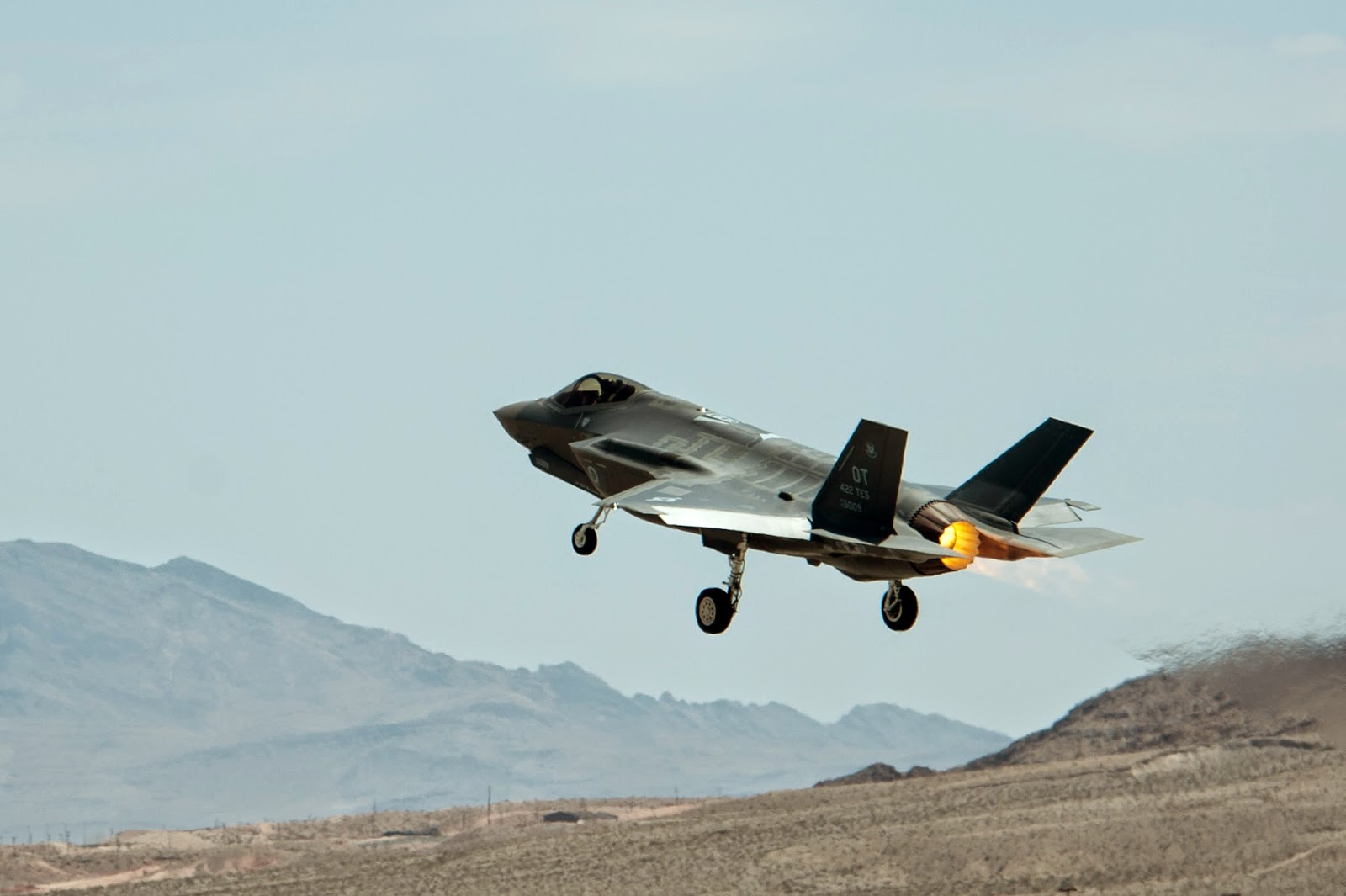Supply ships: "Common sense" vs. "Duh..."
_towing_HMCS_Protecteur_(AOR_509)_in_2014.jpg)
HMCS Protecteur being towed by USNS Sioux The Canadian Navy's two Protecteur- class replenishment ships are done. After 45 years of faithful service, HMCS Protecteur suffered an engine room fire off the coast of Hawaii and needed to be towed back to port. Her sister ship, the HMCS Preserver, is not doing much better. In 2011, it smashed into a Halifax dock causing over a half-million dollars in damages . Both ships have been plagued with electrical problems . These ships are no longer just "showing their age". One of these ships is now officially dead with the other on life support. Recently, it was announced that both ships have sailed their last journeys , along with the similar vintaged HMCS Iroquois and HMCS Algonquin destroyers. This is just as well, as the two Protecteur- class ships were beginning to wear out there welcome in many ports thanks to their monohull design. The Queenston- class These two ships have served Ca...




